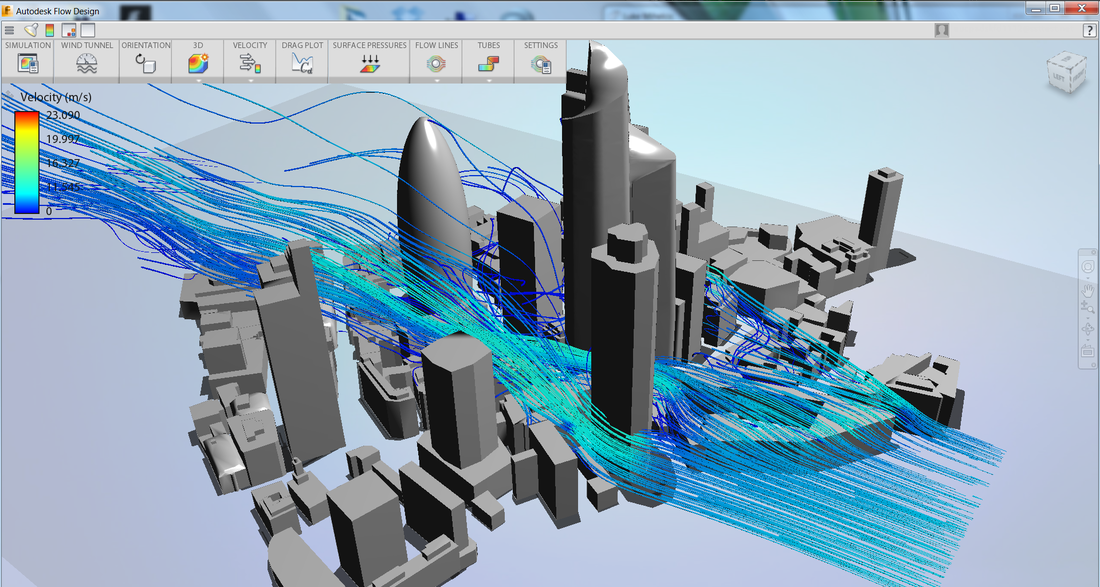
Instead, use detail items (formerly detail components) families, along with tags (either keynote or component tags).

If the detail is to be 2D yet still remain intelligent, then a rule of thumb is to not use any lines or text in the detail. These principles apply to both drafting views and detail views. We will cover how to use 2D detail items to best take advantage of their intelligence. This then necessitates the use of 2D information as part of the set of construction documents. As an example, it is difficult to model flashing and waterproofing, or welds and washers. It is unreasonable to expect to model every element that needs to appear in details. There are different ways to create details: model everything and only notate the model, use the model as a place to start and then embellish by adding detail items to the view, create standard details without any reference to the model. If keynoting isn’t your choice, we’ll also cover how to tag these elements so that there’s consistent notation of the details on every project.

In doing this, we’ll be able to keynote these elements to maintain a consistent noting procedure.

In this article, we’ll show how to create intelligent details using detail components and nested detail components. However, this intelligence is sometimes lost when creating details. Everyone knows that Revit software is a Building Information Modeling (BIM) program, and that it has intelligence when modeling.


 0 kommentar(er)
0 kommentar(er)
